10 Indian Vegetables to Star in Vegan Dishes
Indian cuisine offers an incredible range of vegetables that can truly take centre stage in vegan dishes. From rich curries to light stir-fries, each of these Indian vegetables has the potential to shine as the main attraction in a delicious and flavour-packed meal.
Here’s a list of 10 Indian vegetables that can be transformed into stunning vegan dishes, along with a few recipe ideas to get you started!
1. Bhindi (Okra)
An iconic start to our list of Indian vegetables, with Okra. Also known as bhindi, it is believed to have originated in Ethiopia and is rich in fibre, vitamins C and K, and folate. Its high fibre content makes it beneficial for digestive health, while its antioxidants help to support immune function.
Don’t let its slightly slimy texture put you off! Okra requires careful cooking to become tender without being sticky, which Indian recipes do well by stir-frying or sautéing.
Dishes:
– Bhindi Masala: A dry, stir-fried dish featuring okra with onions, tomatoes, and spices, making it a quick and flavourful meal.
– Stir-Fried Bhindi: A simple, spiced stir-fry that’s perfect as a side or with chapati.
– Bhindi Do Pyaza: Okra with a double dose of onions, adding a hint of sweetness to this rich, savoury dish.
– Okra in Yoghurt – a favourite dish of ours by our culinary tour guide, Chef Monisha Bharadwaj.
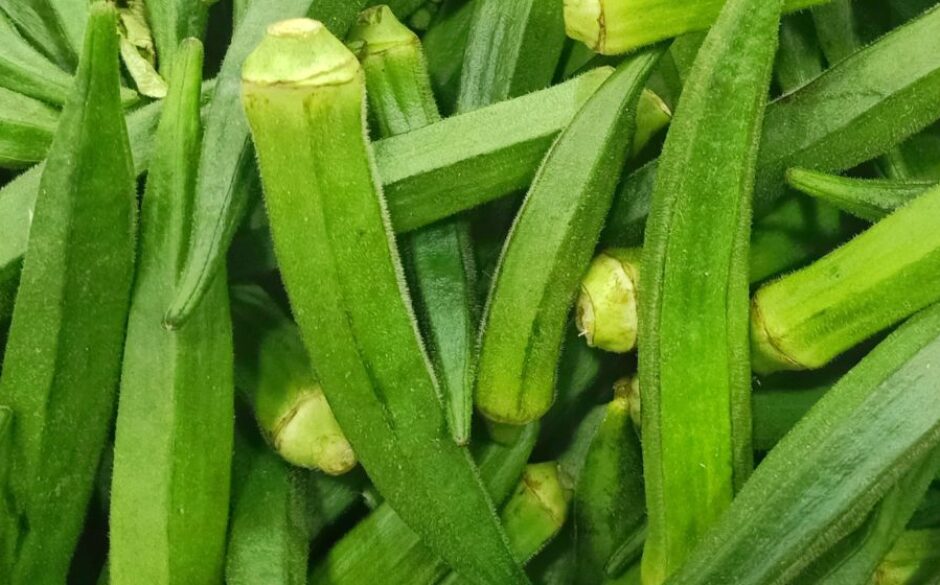
2. Lauki (Bottle Gourd)
Bottle gourd, or lauki, is one of the oldest cultivated plants in the world, originating in Africa before spreading to Asia. This low-calorie, high-fibre Indian vegetable is hydrating and aids in digestion. Its mild, slightly sweet flavour makes it a favourite for curries and even desserts in Indian cuisine.
Dishes:
– Lauki Kofta: Shredded bottle gourd is mixed with spices and flour to form dumplings, which are then deep-fried and simmered in a rich tomato-based gravy.
– Lauki Curry: A lighter dish with spices, often finished with a touch of coriander.
– Simple Sauté: Sautéed with cumin, chilli, and other spices for a quick, nutritious dish.
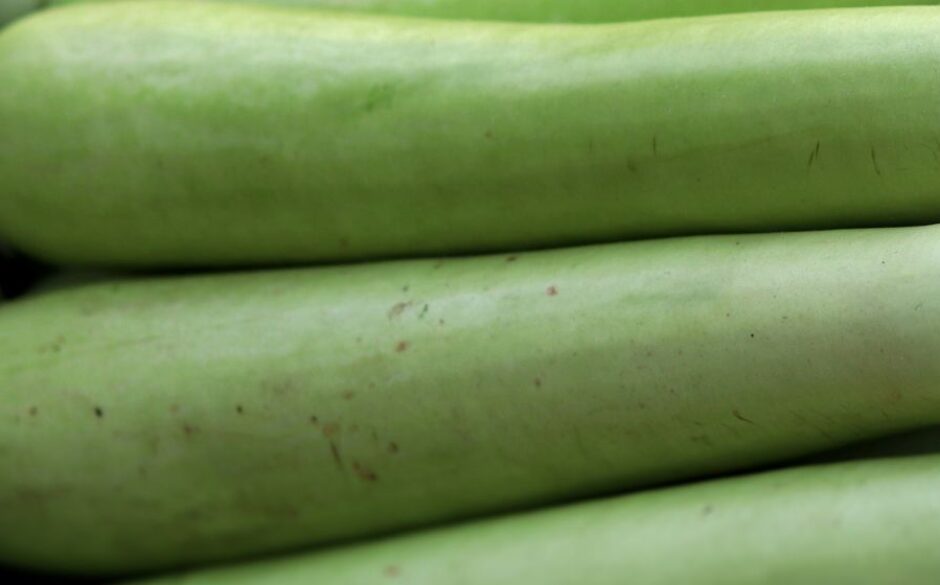
3. Baingan (Aubergine/Eggplant)
Aubergine, or baingan, is a staple in Indian cooking known for its deep, earthy flavour. Originating in Asia, this versatile Indian vegetable is packed with fibre and antioxidants like nasunin, which supports heart health and reduces cellular damage.
Its spongy texture absorbs spices beautifully, making it ideal for both roasted and curried dishes.
Dishes:
– Baingan Bharta: A popular North Indian dish made by roasting the aubergine over an open flame until it’s soft and smoky, then mashing it and cooking it with onions, tomatoes, and spices. It’s a perfect pair with roti or naan.
– Stuffed Baingan Curry: Small eggplants are slit, stuffed with spices, and simmered until tender.
– Achari Baingan: This pickled-style aubergine curry is tangy, spicy, and full of flavour.
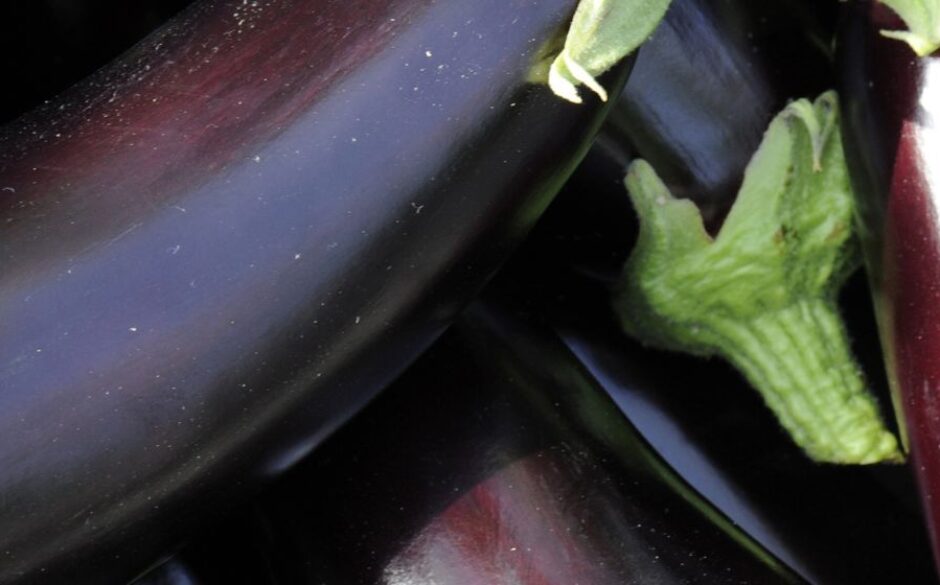
4. Arbi (Taro Root)
Taro root, or arbi, has been cultivated in Asia for thousands of years and is a nutrient-dense root Indian vegetable high in fibre, potassium, and magnesium, aiding heart health and energy.
Its creamy, nutty flavour makes it versatile, with Indian cuisine emphasising its texture in dishes where it’s fried or mashed.
Dishes:
– Arbi Masala: Taro root is boiled, sliced, and stir-fried with spices for a crispy, comforting treat.
– Crispy Arbi Fries: Coated in spices and baked or fried until crisp on the outside.
– Dahi Arbi: A yogurt-based taro curry (can be made with coconut yogurt to keep it vegan) with spices that’s perfect with rice.
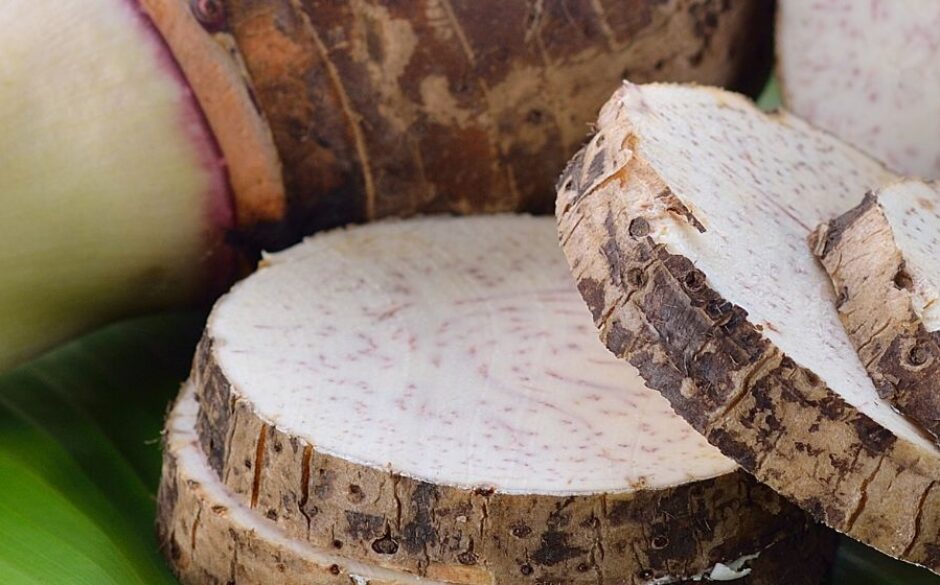
5. Mooli (White Radish)
White radish, or mooli, is popular in Asia for its peppery, refreshing flavour and is packed with vitamin C and anti-inflammatory compounds.
Mooli helps to promote liver health and boost digestion. With a crunchy texture and tangy taste, this Indian vegetable works well in raw dishes as well as in spicy stir-fries.
Dishes:
– Mooli Paratha: This stuffed flatbread combines grated radish with spices, cooked until golden and crispy.
– Mooli Sabzi: A simple stir-fried radish with spices and herbs.
– Salads: Shredded raw mooli with lemon juice and chaat masala adds a fresh tang to meals.
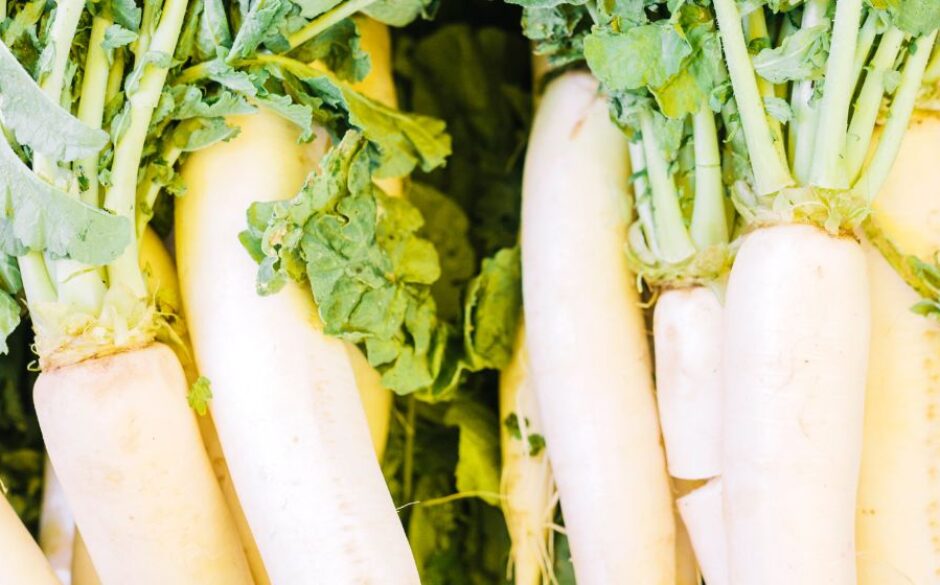
6. Karela (Bitter Gourd)
Native to the Indian subcontinent, bitter gourd, or karela, is known for its bitterness, which has medicinal properties.
High in antioxidants and vitamin C, karela is popular for its blood-sugar-lowering properties, making it beneficial for people with diabetes.
Dishes:
– Bharwan Karela: Bitter gourds are slit and stuffed with spices before being slow-cooked for a tender, flavour-packed dish.
– Karela Chips: Thinly sliced and baked or fried, karela chips are crispy and mildly bitter.
– Karela Sabzi: Often cooked with onions and tomatoes, this dish balances the bitterness beautifully.
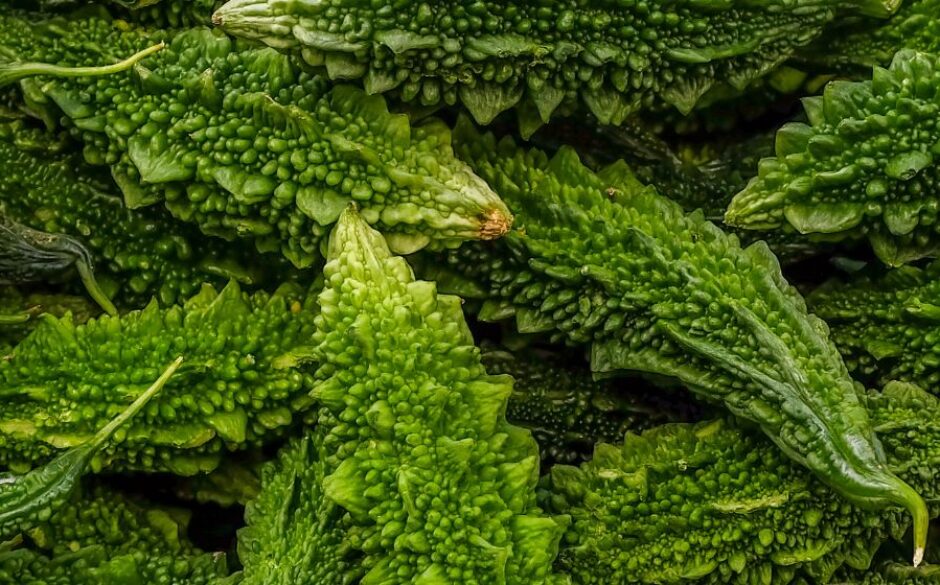
7. Tinda (Indian Round Gourd)
Tinda, also known as Indian round gourd, is a small green Indian vegetable with a mild flavour and high water content. It is believed to be indigenous to India and is hydrating, easy to digest, and contains nutrients that support skin health.
Its soft texture and subtle taste make it perfect for curries and stir-fries.
Dishes:
– Tinda Masala: A simple curry with onions and tomatoes, bringing out the gourd’s natural flavour.
– Tinda Curry: Tinda simmered in a creamy, spiced gravy.
– Tinda Aloo: A comforting combination of tinda and potatoes, ideal with chapati or rice.
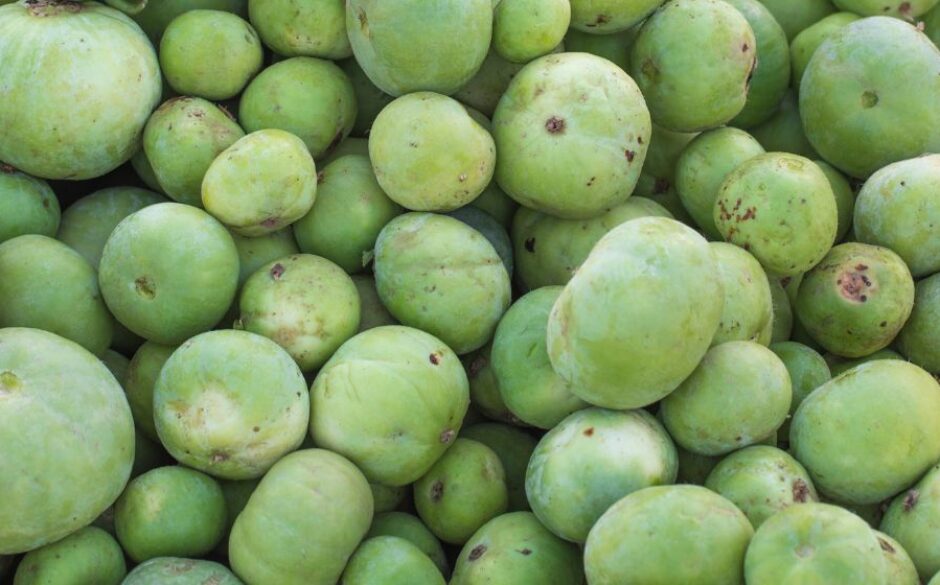
8. Drumstick (Moringa)
Drumstick, or moringa, is a nutrient-dense Indian vegetable rich in vitamins A, C, iron, and calcium, supporting immunity and energy.
Native to South Asia, drumstick has long been celebrated in Ayurvedic medicine. Its fibrous, slightly woody texture pairs well with tangy and spicy flavours.
Dishes:
– Drumstick Sambar: This tangy lentil-based stew is a classic South Indian dish where drumsticks are the star.
– Drumstick Curry: A curry with coconut, tamarind, and spices, creating a deliciously tangy flavour.
– Drumstick Masala: Drumsticks cooked in a tomato-based masala with a hint of chilli and garam masala.
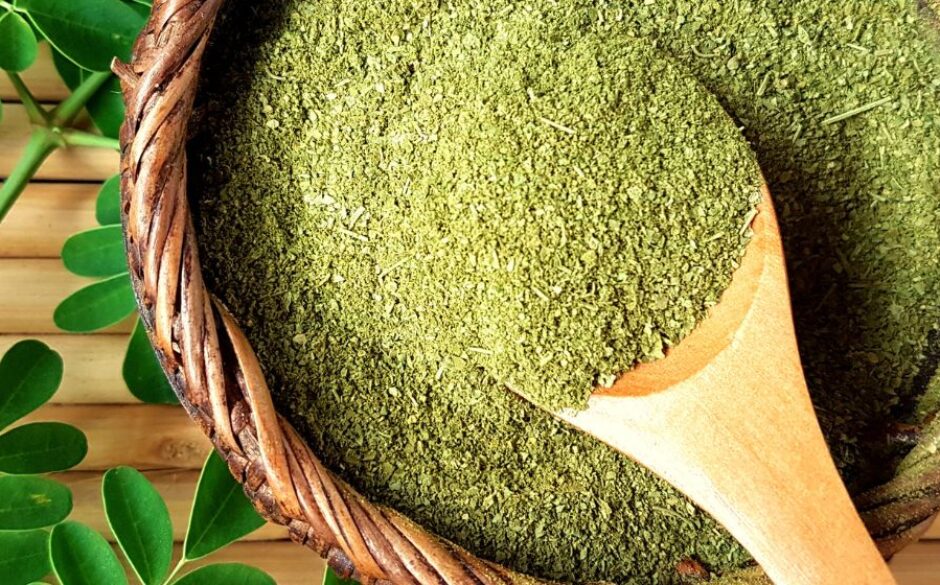
9. Methi (Fenugreek Leaves)
Fenugreek leaves, or methi, are native to the Mediterranean and are high in iron, magnesium, and fibre, making them beneficial for digestion and blood sugar regulation.
Their slightly bitter taste mellows with cooking, adding depth to both creamy dishes and simple sautés.
Dishes:
– Aloo Methi: A comforting dish of potatoes with fresh fenugreek leaves, perfect with flatbreads.
– Methi Thepla: A spiced flatbread that’s perfect for breakfast or a light meal.
– Methi Malai: A creamy dish made vegan with coconut cream, pairing fenugreek’s unique flavour with a rich, silky sauce.
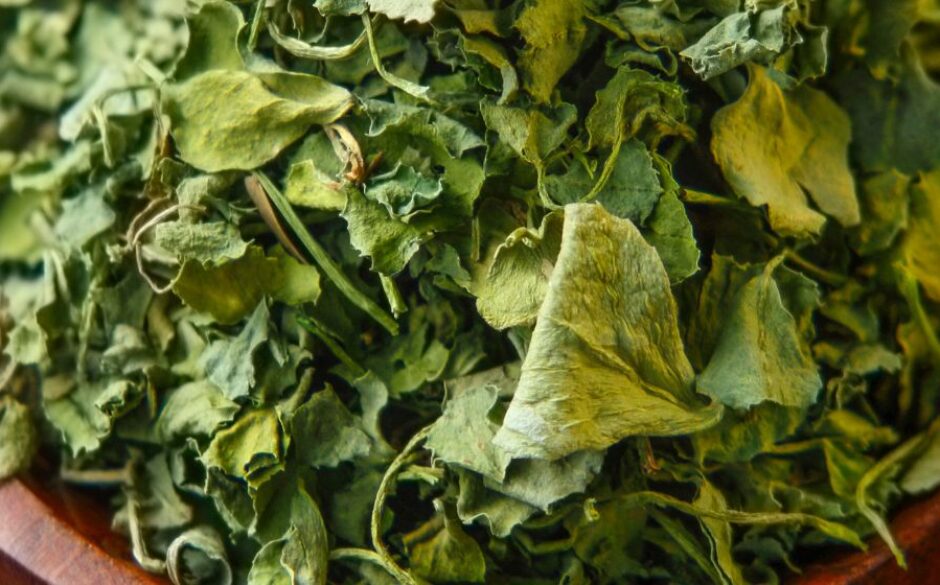
10. Kaddu (Pumpkin)
Pumpkin, or kaddu, is native to North America but is widely used in Indian cuisine, celebrated for its rich beta-carotene, fibre, and antioxidants.
Its natural sweetness pairs beautifully with spices, making it ideal for both savoury curries and desserts.
Dishes:
– Kaddu Sabzi: A sweet-and-spicy pumpkin curry, often flavoured with fennel and chilli.
– Pumpkin and Lentil Curry: Pumpkin cooked with lentils, tomatoes, and spices for a wholesome, creamy dish.
– Kaddu Kofta: Pumpkin balls fried and simmered in a spiced tomato-based gravy.
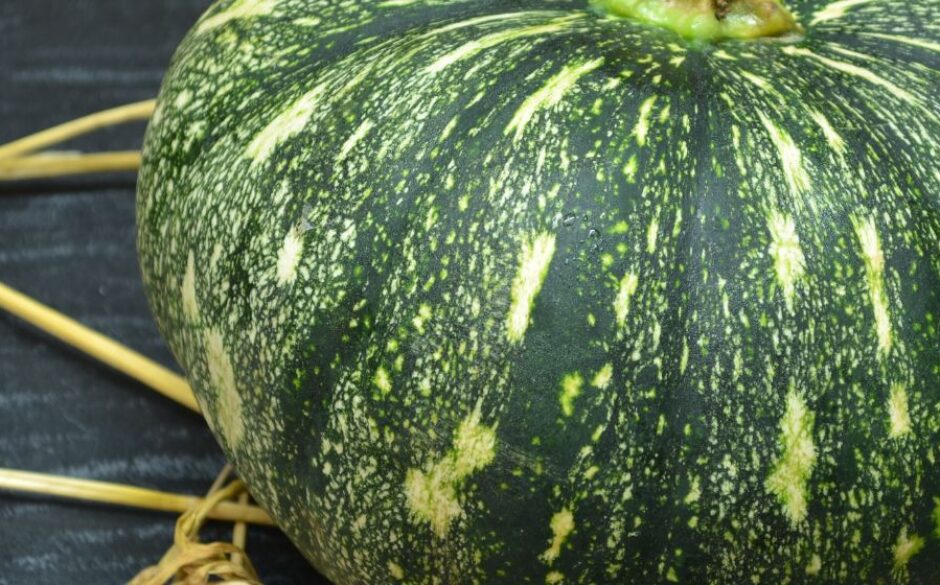
These Indian vegetables bring a variety of flavours, textures, and nutrients, each capable of standing alone as the star of a vegan dish. Whether you’re in the mood for something smoky, sweet, or tangy, this list has something to satisfy your cravings and showcase the diversity of Indian cuisine.
Have you been inspired by these delectable dishes? Why not join our Taste of South India group tour? Led by chef and food expert Monisha Bharadwaj, it is a culinary journey through diverse landscapes sampling wonderful cuisine along the way. Book now!

